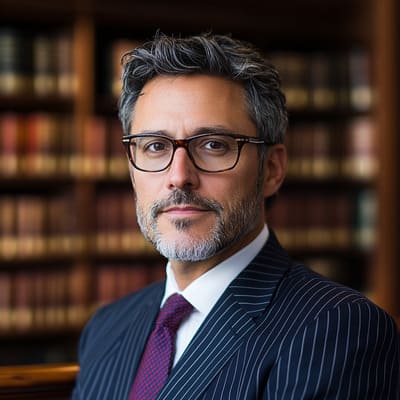Jury Selection: More Art Than Science?
Jury selection is a crucial aspect of any trial, as the individuals who make up the jury have the power to determine the outcome of a case. In theory, jury selection is a straightforward process of selecting unbiased and impartial jurors to serve on a case. However, in reality, it is far more complicated and nuanced. Jury selection is often described as more of an art than a science, as there are no set rules or formulas to guarantee selecting the perfect jury. Let’s explore why jury selection is considered more of an art than a science and its impact on the outcome of trials.
The Role of Jury Selection in the Legal System
Jury selection, also known as “voir dire,” is the process by which potential jurors are questioned and selected for a case. The primary goal of this process is to ensure a fair and impartial jury that will objectively consider the evidence presented during the trial. The jury selection process varies from country to country, but the general principles remain the same: to select jurors who are free of biases and have no previous knowledge of the case.
The importance of an impartial jury cannot be stressed enough. The right to a trial by jury is a fundamental aspect of the legal system, as stated in the Sixth and Seventh Amendments of the United States Constitution. A jury is expected to review the facts of a case and make an impartial decision based on the evidence presented.
The Art of Jury Selection
While jury selection may seem like a systematic process, it is far from it. The selection process is subjective and relies heavily on the opinions and instincts of the attorneys involved. There are no fixed rules, and every case is unique, making it challenging to predict how a potential juror will rule in a specific case.
Jury selection involves assessing each potential juror’s biases, beliefs, and life experiences to determine their suitability to serve on a case. This process requires keen observation and excellent communication skills from attorneys. They must ask probing questions and read body language and tone to gain insight into a potential juror’s true opinions and feelings. This process is often described as a delicate dance between the attorneys and potential jurors, making it more of an art than a science.
The Science of Jury Selection
Despite its subjective nature, the jury selection process does have some scientific aspects. The legal teams may use various tools and techniques to aid in jury selection, such as jury consultants, surveys, and questionnaires.
Jury consultants are professionals trained in psychology, sociology, and communication who assist in understanding the potential jurors’ behavior and attitudes. They can provide valuable insights into the personalities of potential jurors and how they may respond to different arguments and evidence presented in the case. Jury consultants use scientific methods to gather and analyze data about the jurors, making the process more scientific than artistic.
In recent years, surveys and questionnaires have also become popular methods for jury selection. These tools allow the legal teams to gather information about potential jurors before the voir dire process begins. They can use this data to identify potential biases and determine which jurors are most likely to be favorable to their case, making the selection process more efficient and strategic.
The Impact of Jury Selection on Trials
The process of jury selection may be deemed more of an art than a science, but its impact on trials cannot be ignored. The jurors’ selection can significantly influence the outcome of a case, regardless of the evidence presented. If the jury is entirely composed of individuals with biases that align with one side of the case, the other side may not stand a chance. Therefore, the art of selecting an impartial jury is critical to ensure a fair trial.
In high-profile cases, where media coverage can sway public opinion, jury selection becomes even more critical. It is crucial to select jurors who have not been influenced by media reports or already have preconceived notions about the case to ensure a fair trial.
Conclusion
Jury selection is a vital aspect of the legal system, and it is more of an art than a science. While there are scientific techniques and tools available, its subjective nature makes it challenging to predict the potential jurors’ behavior and attitudes. Therefore, it is crucial to have skilled and experienced attorneys who have a well-developed intuition for selecting an impartial jury. By understanding the art of jury selection, we can ensure that justice is served in every trial.








